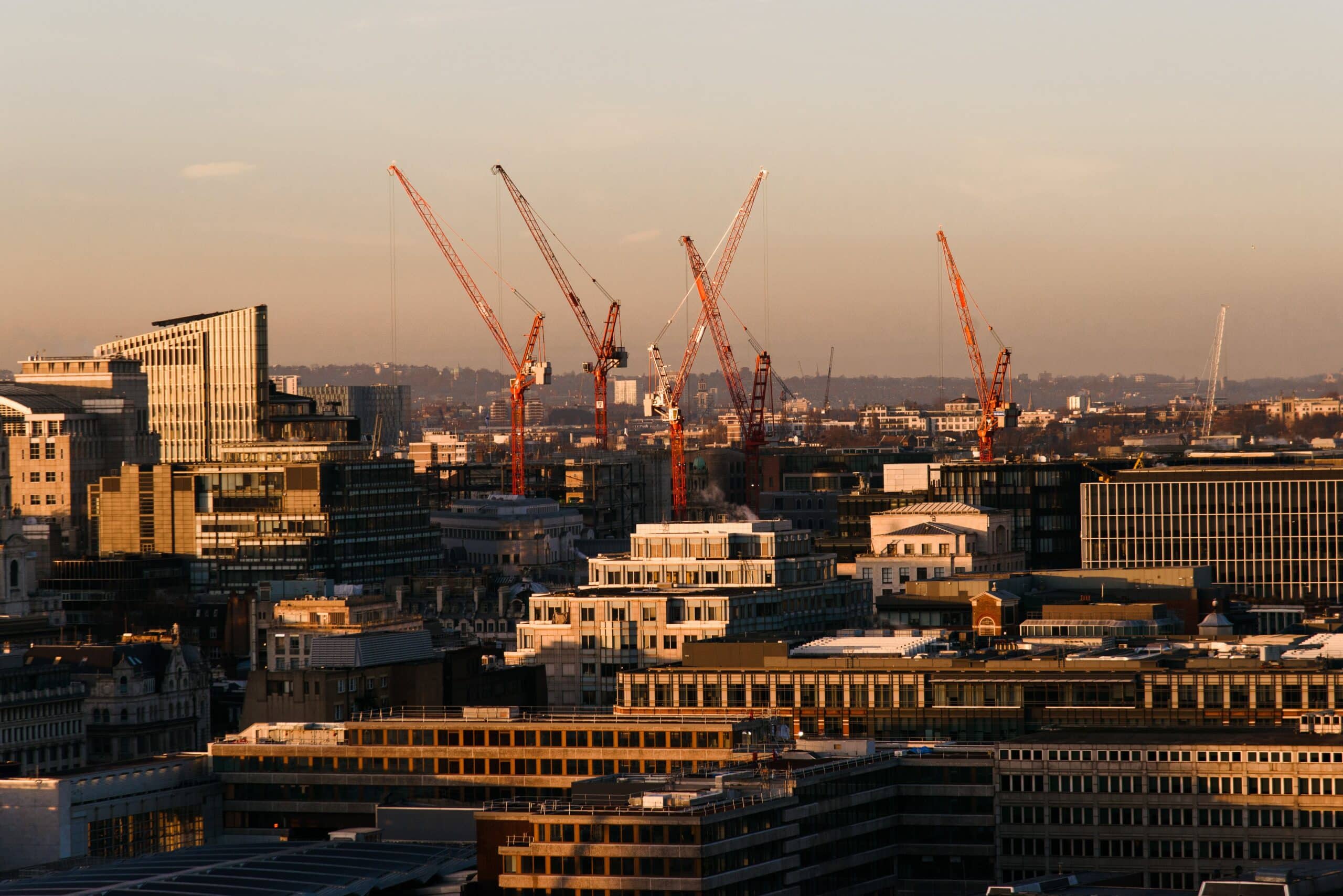





In the pursuit of sustainable energy solutions, energy renovation emerges as a key player. This article explores the pivotal role of renovation in curbing pollution in the building sector and delves into the nuances of this ecological journey, from its benefits to the need for precision in its execution.
Along with the “A wave of renovation for Europe” strategy of the European commission, the Energy Performance of Buildings Directive (EPBD) obliges EU countries to establish long-term renovation strategies to support the renovation of residential buildings into energy-efficient and decarbonized housing stock by 2050. Indeed, if there’s one measure in favor of the energy transition that everyone agrees on, it’s energy renovation. For instance, since France set itself the target of 500,000 complete renovations per year under the Stratégie Nationale Bas Carbone, the only criticisms raised against the government have been about the failure to reach the target figure. One might even get the impression that the only energy consumed in the building sector is that consumed by its occupants. And with good reason: it is estimated that electricity consumption linked to the use of buildings accounts for almost 55% of global electricity consumption. This makes the building sector one of the most polluting ones, largely due to the way it is used.
However, it is equally essential to take into account another significant part of its energy consumption and carbon emission: the part associated with the construction and demolition of the park. Grey energy refers to the energy consumed during the life cycle of a material or product. This grey energy also generates carbon emissions, produced during construction and demolition, an aspect long neglected by regulations, public policies and property managers.
Let’s take the example of a building site. The two main sources of emissions during the construction of a building are the production of materials and the way in which the construction site is managed.
There are several stages in the production of materials:
Emissions from the site itself are negligible. They concern workers’ travel, the tools they use and their on-site energy consumption.
In 2019, according to the French Environment and Energy Management Agency (ADEME), the construction of new buildings was responsible for around 60% of the sector’s carbon footprint. What’s more, the building sector produces 46 million tons of waste a year. Given these figures and bearing in mind that a household waste accounts for 30 million tons yearly, renovation seems to be the preferred option for an eco-responsible approach.
On March 14, 2023, the European Parliament approved a new directive aimed at aiding the European Union in reaching its climate objectives. The directive’s primary objective is to expedite the energy-efficient refurbishment of buildings, with a target of renovating at least 40 million buildings by 2030.
There are two main reasons for the wave of renovation work that is supposed to be the result of these public policies:
As a result, from the point of view of a building’s carbon footprint, there is rarely a better option than renovation and lifecycle extension. It reduces energy consumption, an energy which is never neutral for the environment, even when it comes from an electrical source. What’s more, renovation is often the first step in a comprehensive process of taking into account the energy consumed by a building and can therefore precede the installation of a heat pump or a more efficient energy carrier. In this way, carbon emissions can be reduced both by improving energy performance and by improving the heat or cold production vector.
On the whole ecological spectrum, it also means less land artificialization and less waste production since the building is already constructed. According to the ADEME, the quantity of materials required to build a new building is 40 to 80 times greater than that required to renovate a residential building. As the recovery rate for building waste is between 48% and 64%, reducing waste is always a positive action.
In most cases, renovation is preferable to the construction of a new building. But it’s not enough to compare renovation and construction. To do so would be to delude ourselves into believing that the trade-off is between just these two possibilities. In fact, there are many ways to renovate, each with a different ecological impact. Additionally, it’s essential to consider that there is an option of completely forgoing renovations, which offers the benefit of generating zero waste and greenhouse gas emissions during the construction process.
The analysis of the benefits of renovation only considers the carbon saved during use of the building, never the emissions linked to construction. With this logic, it’s always better to renovate. And yet, just as with the construction of a new building, renovation requires materials and the services of craftsmen, and therefore has a significant impact on the environment. It’s thus important to consider the need for such an operation on a case-by-case basis. But above all, the ecological need to renovate should not prevent us from considering how we can optimize the work to reduce carbon emissions as much as possible.
In fact, there are all kinds of research underway as to how these impacts might be considered. The NZC Renovation collaborative innovation program, for example, focuses on the notion of carbon payback, i.e. the analysis of the time required for energy savings linked to a renovation to result in a reduction in GHG emissions greater than those generated by the operation itself. The calculation consists of a complete analysis of the building’s life cycle, taking into account the integrated new elements and their carbon costs. According to NZC Renovation: “Depending on the degree of carbon optimization of the renovation, this indicator varies between 6 and over 70 years. Energy renovation is not always low carbon!” This concept helps OXAND conceive a useful decision-making tool when choosing the type of renovation to be carried out. OXAND SIMEO assists asset owners favoring operations with the lowest carbon return.
Against this backdrop, the NZC Renovation program has identified 5 levers for reducing the carbon footprint of a renovation project:
However, we must be careful not to fall into the trap of monitoring only this indicator, without taking into account the impact on biodiversity or soil, for example. That’s why we need to continue developing, using and comparing new calculation methods, a work well underway at OXAND.
Asking the question of the relevance of renovation processes in terms of their carbon impact and the number of years required to make them profitable is an essential aspect of the ecological transition. Research institutes, public policies and private firms are trying to make good progress on these matters.
As a company aware of these issues and committed to having sustainable activity, OXAND is doing its part: the carbon component of SIMEO integrates INIES records into the prioritization of maintenance operations, records that provide information on carbon emissions over the various phases of the life cycle of each component: production, use, end-of-life, benefits and expenses. It is possible to obtain the total carbon cost of maintenance operations.
Of course, we’re well aware of the need for further research and development on these issues, particularly to be able to report on the latest renovation processes and compare the carbon cost of different operations for the same building.To help steer the market in the right direction, OXAND can actively engage with customers and the public sector, working collaboratively to advance our sustainable development strategy. OXAND thrives on the challenge of aligning commercial offerings with its sustainable development strategy, even when the primary criterion for renovations is currently focused on improved energy performance under existing legislation.
Alongside the economic cost and energy performance benefits, an indicator of the carbon emissions emitted during the entire building life cycle needs to be created, improved, used and monitored.
OXAND urges the entire building industry to embrace a new approach and adopt innovative methods and practices to provide a greener asset portfolio for future generations. It’s crucial to prioritize the completion of INIES sheets, and we are ready to assist our clients in this endeavor as part of our commitment to delivering a greener world to future generations. We are thrilled when clients reach out to us to enhance their understanding of renovation and improve their renovation processes.
Together, we can be driving force for positive change through sustainable renovation practices.
> Return to news